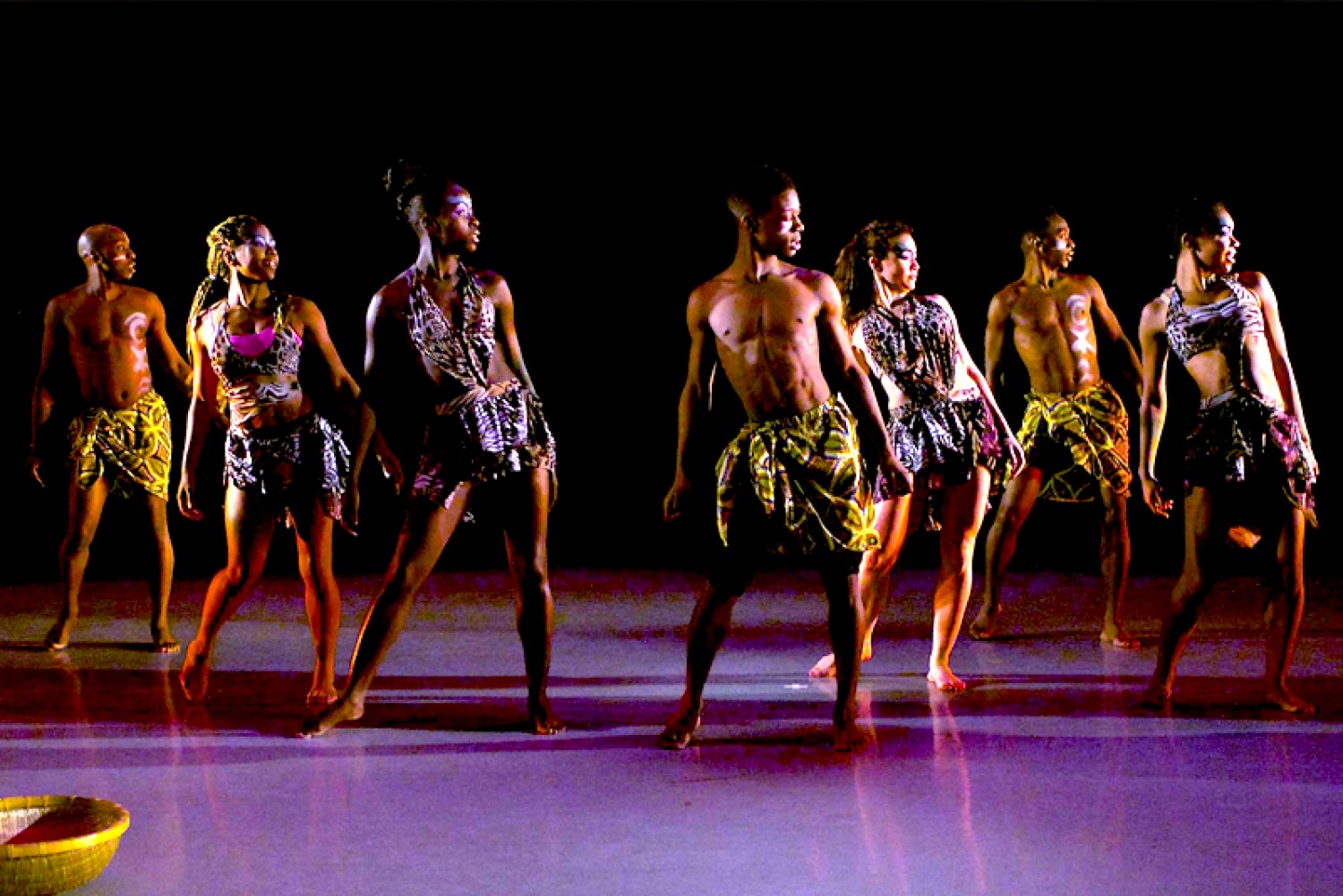An Exploration of Creative Dancing

Imagine you woke up one morning, and realized you’d forgotten everything you knew about movement. How would you get out of bed? Maybe you’d swing your head over, and follow with your body like a snake? Or perhaps you’d grasp the bed posts and swing yourself out, monkey-style.
Discovering how to move creatively in dancing is really a re-discovery of how we used to move before we knew the ‘correct’ movements to get through life. To be fair, they’ve served us well and efficiently. Now however, it’s time to explore some of those rarely traveled side roads – they lead to new ways to enliven your dancing.
What can we move?
Divide your body into segments: head, torso, arms, hands, hips, legs, and feet. Each segment has the option of moving solo (which calls attention to it), or as part of a larger whole. Try isolating different parts of the body when you move, or imagine you are ‘looking around’ with a specific body part, like an elbow. Feel ridiculous? Good – if you are in your comfort zone, you’re not trying anything new. Try leading your movement from a particular body part, letting the rest of the body ‘drag’ behind it, like streamers.
Where can we move it?
Each segment of our body can move along three planes of movement: frontal (vertical), sagittal (in front or behind the body), and transverse (horizontal). We use these directions either to travel from point A to B, or to create a specific shape with our bodies. Spend some time exploring some of the more unlikely body movements, and the emotions attached to them. Sure, your arms tend to move in front of your body, but what a message it sends to walk, chest up, and arms dangling behind, vulnerable, yet powerful.
HOW can we move it?
Specifically, how can we use speed of movement to create different effects? Dynamic movement takes the beautiful shapes we’ve created in the last section and brings them to life. Here’s the ways we can do that:
- Slowly and evenly – The most calming of the movements, this conveys tranquility, continuity, sensuality, deliberation, power.
- Quickly and evenly – Creates flow, control with an undercurrent of energy and excitement, as with the Viennese Waltz.
- Change from slow to quick – Often used to create energy for a turn, or give your styling a final ‘snap’, this movement generates power, energy, possibly a sexual vibe, even violence.
- Change from quick to slow – The sudden reduction in speed calls attention to the moving body part. Passion, delicacy, longing, or mourning are some emotions conveyed through this transition.
- Multiple changes in speed – Probably the most unusual, though more common in a body-control dance like popping. This staccato movement can give you a slick, cool, or robotic look, among others.
Keep in mind that these are generalities – if we want to convey authentic emotion, our whole body must be in sync. We will explore this in the next article.
A Final Caveat: SHOULD we move it?
Exploring new (and old) ways to move can open our minds and give our dance a unique flavour that is authentically us. That said, be careful not to paint outside the frame created by the dance, or it will lose all structure and meaning.
About the Author
Ian Crewe has been dancing ballroom for almost 20 years, and has a Licentiate in American smooth and rhythm. His passion for dance and his endless seeking for ways to reach new audiences eventually led him to blogging and the World Wide Web. Ian currently teaches at the Joy of Dance Centre, Toronto, ON, Canada.

